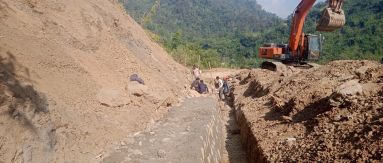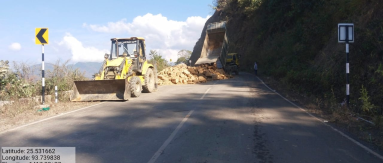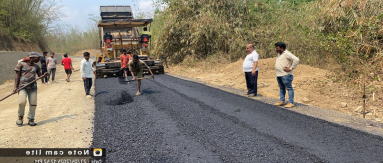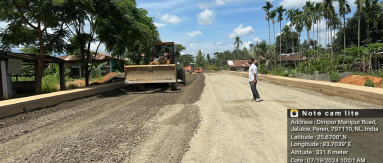- फीडबैक
- साइट मैप
- मुख्य विषयवस्तु में जाएं
- स्क्रीन रीडर एक्सेस
- A+ A A -
- A A
- नियंत्रण कक्ष नं. - 9205949400, 011-26768950
Geographical Location
Located in the far reaches of Northeast India, Nagaland is a land steeped in mystique and wonder. Sharing its borders with Arunachal Pradesh to the north, Assam to the west, Manipur to the south and brushing against Myanmar to the east, it stands as a gateway between India and Southeast Asia. Often called the “Land of Festivals,” Nagaland is a place where tradition dances hand-inhand with nature’s beauty. Here, time drifts slowly through misty hills and lush valleys, as vibrant tribal cultures flourish in harmony with the wild. A journey through this captivating state is not just a travel experience—it’s a soulful immersion. From its colourful festivals that celebrate life and unity, to its hearty, flavourful cuisine and intricate handcrafts, Nagaland reveals itself as a land of storytelling, spirit, and serenity. Whether you’re wandering through remote villages, hiking scenic trails, or shopping for traditional weaves in bustling markets, Nagaland invites you to discover a world like no other —a hidden jewel waiting to be explored.
- Capital: Kohima | Largest City:
- Districts: 17 | Total Area: 16580 sq km
Festivals of Nagaland
Nagaland is renowned for its vibrant festivals that reflect the rich cultural heritage of its many tribes. Here’s a crisp look at some of the most prominent celebrations:
1. Tuluni – Celebrated by the Sumi Nagas in July, Tuluni marks the season of abundance. It involves grand feasts, folk songs, and gift exchanges between engaged couples, symbolizing love and unity.
2. Aoleang Monyü – Observed by the Konyak tribe in the first week of April, Aoleang celebrates the arrival of spring and the Konyak New Year. Each day features unique rituals, from ancestor worship to vibrant cultural performances.
3. Moatsu – A major Ao Naga festival held in May, Moatsu signifies the end of sowing and a time of rest and community bonding. Villages come alive with traditional dances, songs, and games.
4. Sekrenyi – The most important festival of the Angami tribe, Sekrenyi is celebrated in February. It focuses on purification and renewal, featuring rituals, folk dances, and communal feasting.
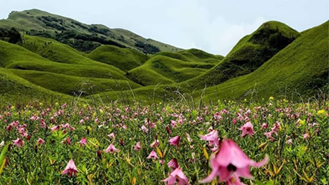
Tourist Places
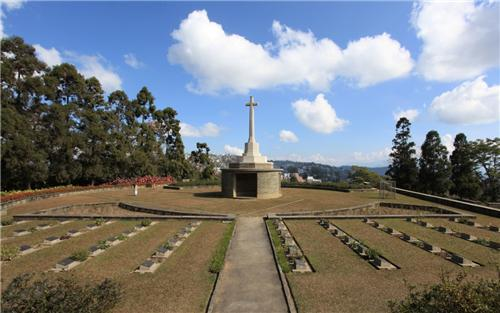
Kohima War Cemetery
This stands as a solemn tribute to the valiant soldiers of the Allied Forces, primarily from the 2nd British Division, who lost their lives during one of the fiercest battles of World War II. This historic site marks the location of the pivotal Battle of Kohima, fought in April 1944 against the advancing Japanese army during their attempted invasion of India. The cemetery is uniquely situated on Garrison Hill, within the former tennis court area of the British Deputy Commissioner’s residence—an area that witnessed some of the most intense combat. It was here that British and Indian troops engaged in brutal, close-quarter fighting, halting the Japanese offensive and turning the tide of the war in the Eastern theatre. Today, the cemetery is maintained with great care by the Commonwealth War Graves Commission, and serves as the final resting place for over 1,400 Allied soldiers. Rows of simple, dignified headstones stretch across the green slopes, each engraved with the name, regiment, and age of a fallen soldier, along with poignant epitaphs from loved ones. Set against the backdrop of lush hills, the site offers a peaceful and reflective atmosphere, with panoramic views of the surrounding city. Visitors to the cemetery often pause at the renowned inscription near the entrance, which reads: "When You Go Home, Tell Them Of Us And Say, For Your Tomorrow, We Gave Our Today." This powerful memorial not only honours the sacrifice of those who fought but also serves as a stark reminder of the cost of war and the enduring legacy of courage and resilience.
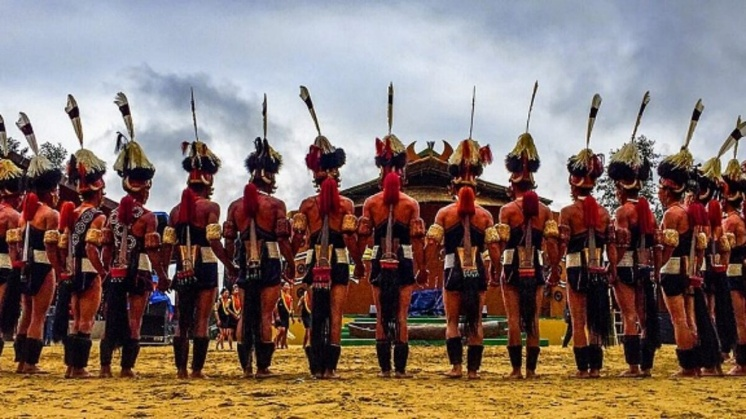
Hornbill Festival
Held every December in the scenic Naga Heritage Village at Kisama, just a few kilometres from Nagaland’s capital Kohima, the Hornbill Festival is one of India’s most vibrant and dynamic cultural events. Spanning ten days, this annual celebration brings together the diverse tribes of Nagaland, offering a spectacular showcase of the state’s rich cultural mosaic. Often referred to as the "Festival of Festivals," the Hornbill Festival features an electrifying blend of traditional music, indigenous dance performances, elaborate costumes, tribal rituals, and folklore. Each day is filled with colourful parades, traditional sports like archery and wrestling and exhibitions of native crafts and handlooms. Food lovers can indulge in authentic Naga cuisine, while visitors interested in art and heritage can explore local wood carvings, weavings, and ceremonial artefacts. Named after the hornbill bird, which holds significant symbolic importance in Naga tribal culture, the festival serves not only as a celebration but also as a preservation of indigenous identity. It provides a platform for the younger generation to engage with their roots and educates outsiders about the diversity and depth of Naga traditions. Beyond entertainment, the event reinforces Nagaland’s identity as a culturally rich and distinct state within India’s vast and varied landscape.



